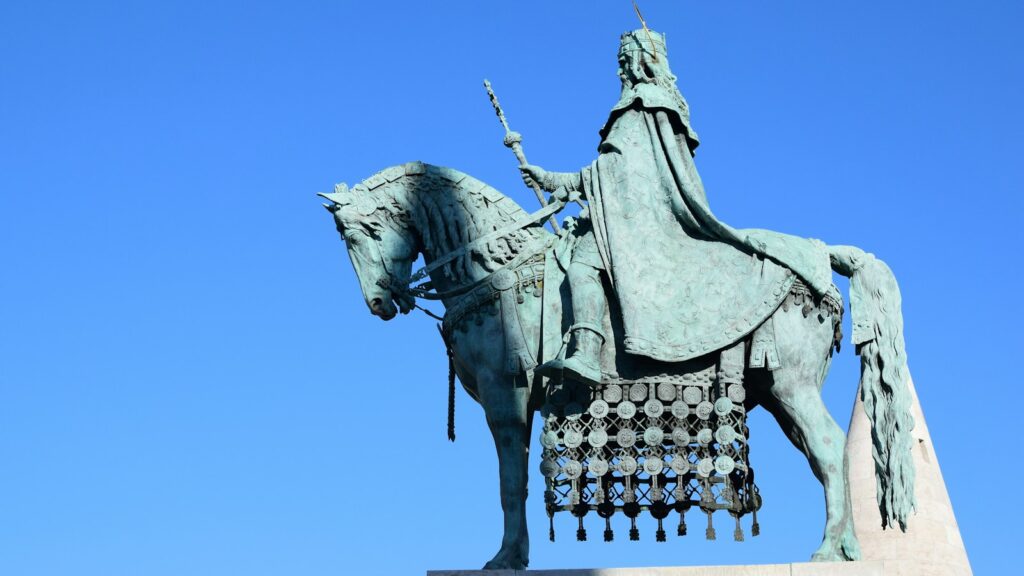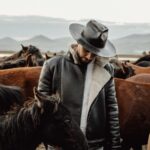The elegant silhouette of a horse against the backdrop of ancient Chinese traditions creates a powerful image that has endured for millennia. In Chinese culture, horses transcend their practical function as beasts of burden to become symbols of power, prosperity, and divine connection. From imperial processions to folk celebrations, horses have played pivotal roles in Chinese ceremonies, embodying qualities of strength, nobility, and spiritual significance. Their integration into traditional rituals reflects China’s deep historical relationship with these magnificent animals—a relationship that encompasses practical transportation needs, military applications, artistic expression, and profound symbolic meaning. This exploration of horses in Chinese ceremonial life opens a window into a fascinating aspect of one of the world’s oldest continuous civilizations and its enduring reverence for an animal that has shaped human history across cultures.
The Historical Significance of Horses in Chinese Culture
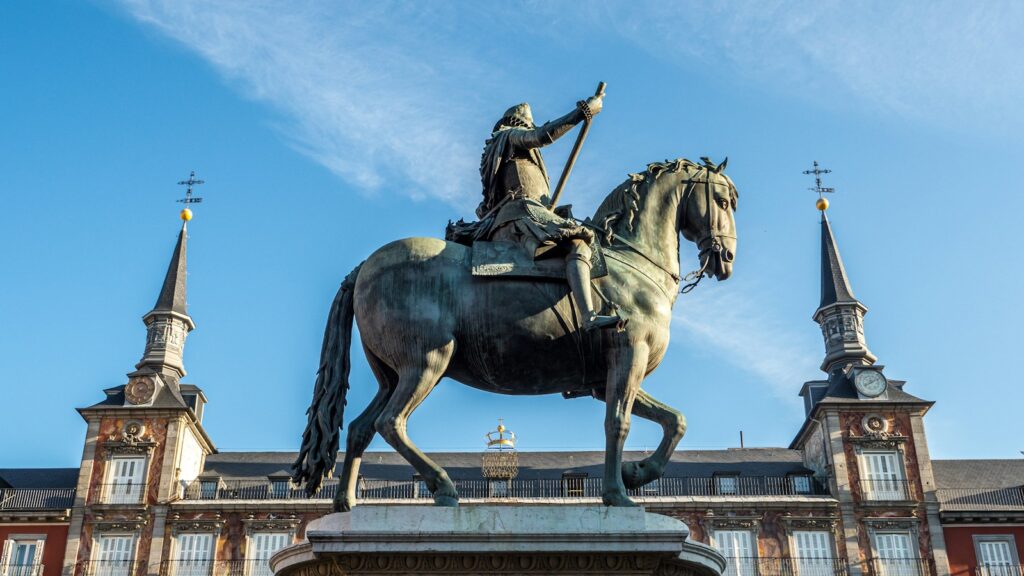
The relationship between horses and Chinese civilization dates back at least 5,000 years, with archaeological evidence of domesticated horses appearing in the late Neolithic period. By the Shang Dynasty (1600-1046 BCE), horses had become integral to Chinese military power, transportation networks, and increasingly, to ceremonial life. The acquisition of larger, stronger horses from Central Asia during the Han Dynasty (206 BCE-220 CE) further elevated the horse’s status, as these animals became symbols of China’s expanding influence and prosperity. Emperor Wu of Han famously sent envoys westward specifically to acquire the “heavenly horses” of Ferghana, demonstrating how highly prized these animals were in imperial China. This historical foundation established horses as creatures worthy of ceremonial significance, representing not just wealth and power but also connection to the divine realm.
Horses in Imperial Rituals and Processions
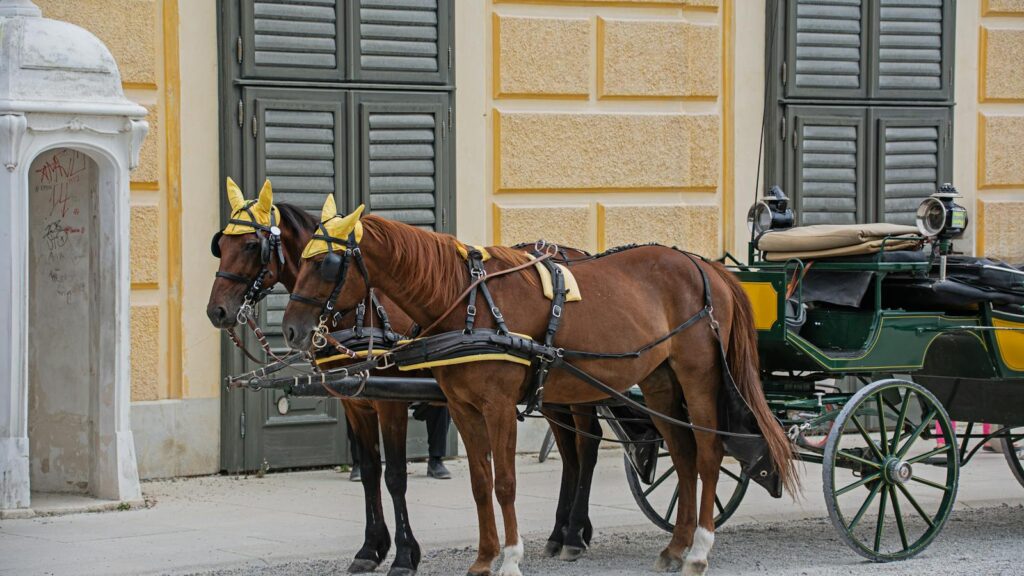
Imperial China elevated the ceremonial use of horses to an art form, incorporating them into elaborate state rituals that reinforced imperial authority and cosmic harmony. When an emperor traveled, white horses often drew his chariot, their color symbolizing purity and heavenly connection. During important state ceremonies, such as the emperor’s sacrifices to Heaven at the Temple of Heaven in Beijing, horses played specific roles in the carefully choreographed proceedings. Particularly revered were the “six horses” that pulled the imperial chariot during formal processions, each animal selected for specific markings and qualities believed to reflect cosmic balance. These imperial processions were not merely displays of wealth but religious acts that demonstrated the emperor’s mandate from Heaven and his role as mediator between the earthly and divine realms, with specially trained horses serving as living symbols of this sacred responsibility.
Symbolic Meaning of Horses in Traditional Chinese Beliefs
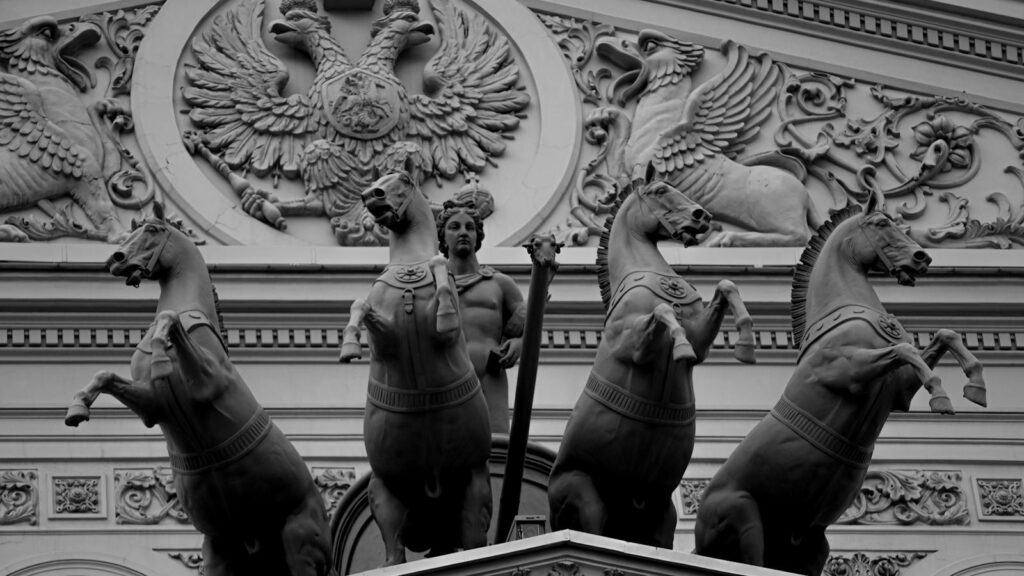
In traditional Chinese cosmology, horses embody a unique set of symbolic qualities that made them indispensable in ceremonial contexts. The horse is associated with the masculine yang energy, representing strength, speed, perseverance, and nobility of spirit. In Taoist symbolism, horses were sometimes viewed as vehicles capable of carrying immortals between heaven and earth, making them natural inclusions in ceremonies connecting these realms. The Chinese character for horse (马, mǎ) appears in many compound words related to speed and success, reflecting the animal’s perceived connection to achievement and forward momentum. Feng Shui traditions consider horse figurines to be powerful symbols that can activate career success and recognition when properly placed, demonstrating how the ceremonial significance of horses extends even into modern Chinese spiritual practices.
The Sacred White Horse in Buddhist Ceremonies
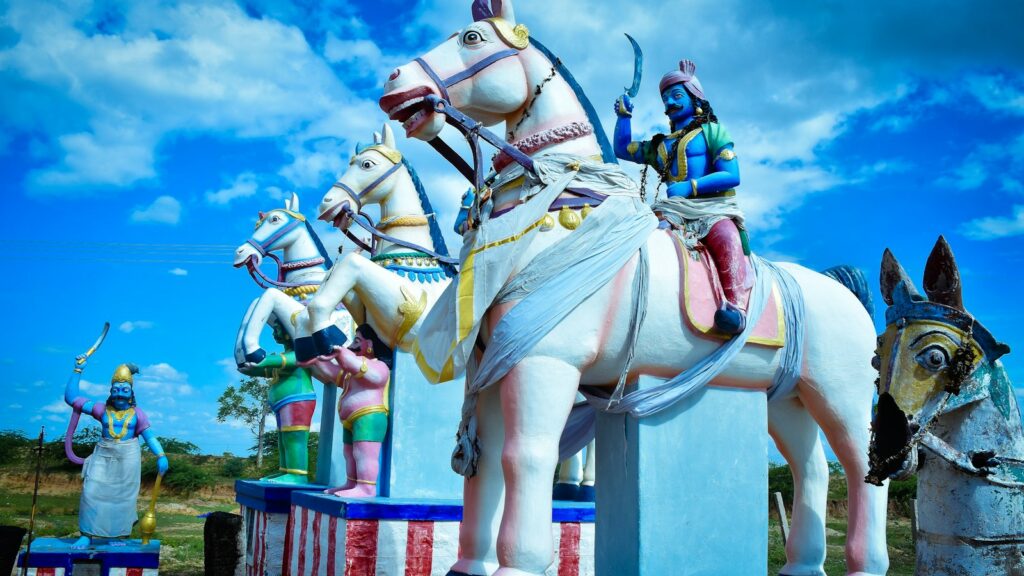
Buddhism’s arrival in China introduced new ceremonial roles for horses, particularly the revered white horse. According to tradition, when Buddhist scriptures first arrived in China from India during the Eastern Han Dynasty, they were carried on the back of a white horse. This historical event gave rise to the White Horse Temple (Báimǎ Sì), considered China’s first Buddhist temple, where ceremonial representations of horses commemorate this pivotal moment in Chinese religious history. In certain Buddhist ceremonies, white horse imagery symbolizes the vehicle of enlightenment, representing Buddhism’s capacity to “carry” practitioners across the sea of suffering to nirvana. Annual ceremonies at the White Horse Temple include processions where white horse effigies or sometimes actual white horses draped in ceremonial cloths feature prominently, connecting participants to Buddhism’s earliest days in China through this powerful equine symbolism.
Horses in Funeral Ceremonies and Ancestor Worship
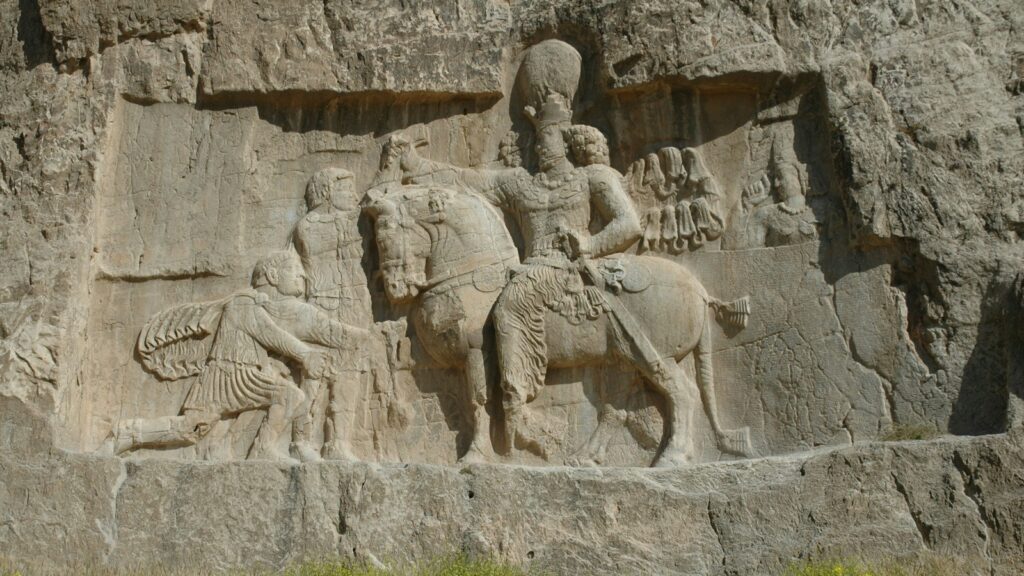
Traditional Chinese funeral ceremonies, particularly for nobility and military leaders, often incorporated horses as psychopomps—creatures believed to guide souls to the afterlife. Terracotta horses found in tombs from various dynasties demonstrate this belief, with some of the most famous examples appearing in the tomb of Emperor Qin Shi Huang alongside his terracotta army. During funeral processions for high-ranking officials, horses might be led behind the coffin, sometimes with reversed saddles symbolizing the journey to the other world. In some traditional communities, particularly among ethnic minorities like the Mongolian and Tibetan peoples within China’s borders, horses might be sacrificed at the funeral of a chieftain, though this practice has largely been replaced by symbolic representations. In ancestor worship ceremonies, paper horses might be burned as offerings, representing transportation for ancestral spirits in the afterlife and demonstrating the horse’s enduring ceremonial significance in mediating between the worlds of the living and the dead.
The Horse Dance Ceremonies of Ethnic Minorities
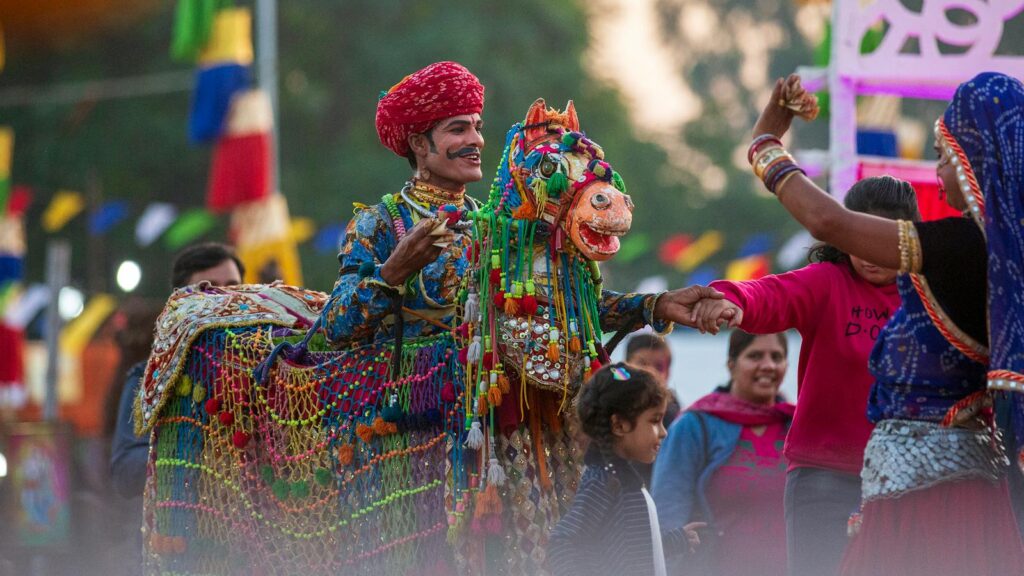
China’s diverse ethnic minority groups have developed distinct ceremonial traditions involving horses that continue to this day, particularly in regions where horse riding remains integral to daily life. The Yi people of Yunnan Province perform elaborate horse dance ceremonies during their Torch Festival, where performers mimic horse movements while wearing decorative horse heads, celebrating their traditional relationship with these animals. Among the Kazakh and Uyghur peoples of Xinjiang, ceremonial horse races and displays of equestrian skill form central components of traditional festivals, reinforcing cultural identity through these shared rituals. The Mongolian Nadam Festival features horse racing as one of its “three manly skills,” with elaborate ceremonies before and after races involving ritual purification of horses and riders. These living traditions demonstrate how horse ceremonies serve not only religious purposes but also strengthen cultural bonds within communities that have historically relied on horses for survival.
Horses in Chinese New Year and Folk Celebrations
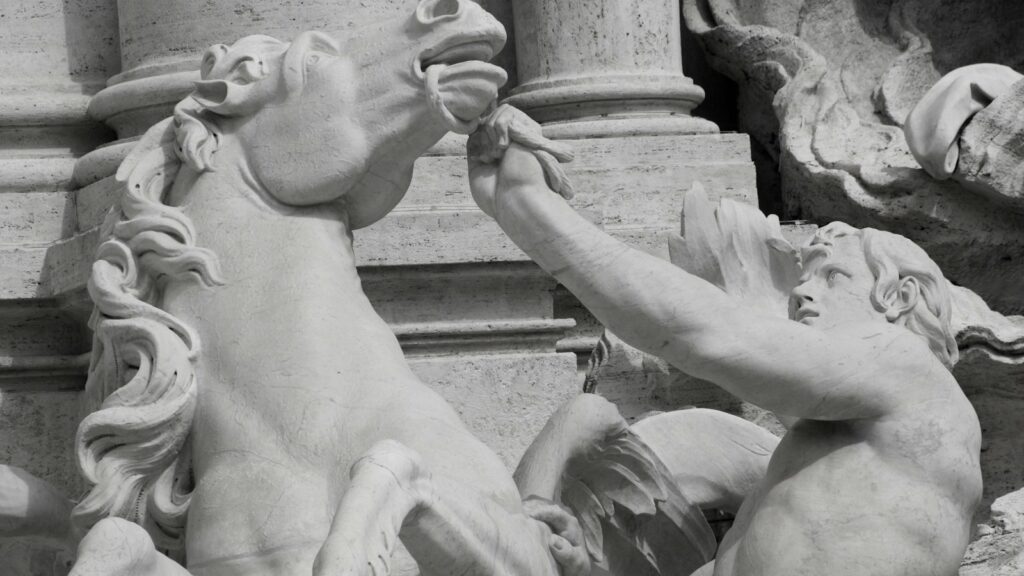
During Chinese New Year festivities, horse imagery appears in multiple ceremonial contexts across different regions of China. Traditional dragon and lion dances sometimes incorporate “horse” performers who represent the creature’s speed and vitality, particularly in rural celebrations. In some regions, especially in northern China, ceremonial horse races are held during the first full moon of the lunar new year, accompanied by offerings and prayers for prosperity in the coming year. Folk traditions in parts of Yunnan and Sichuan include “stepping on the horse”—ritual dances where participants symbolically ride wooden horse effigies while village elders chant blessings for good harvests. When the Year of the Horse comes around in the Chinese zodiac cycle every twelve years, these equine ceremonies take on special significance, with elaborate processions and performances dedicated to the horse’s qualities of strength, loyalty, and perseverance.
The Horse King Festival of Southwest China
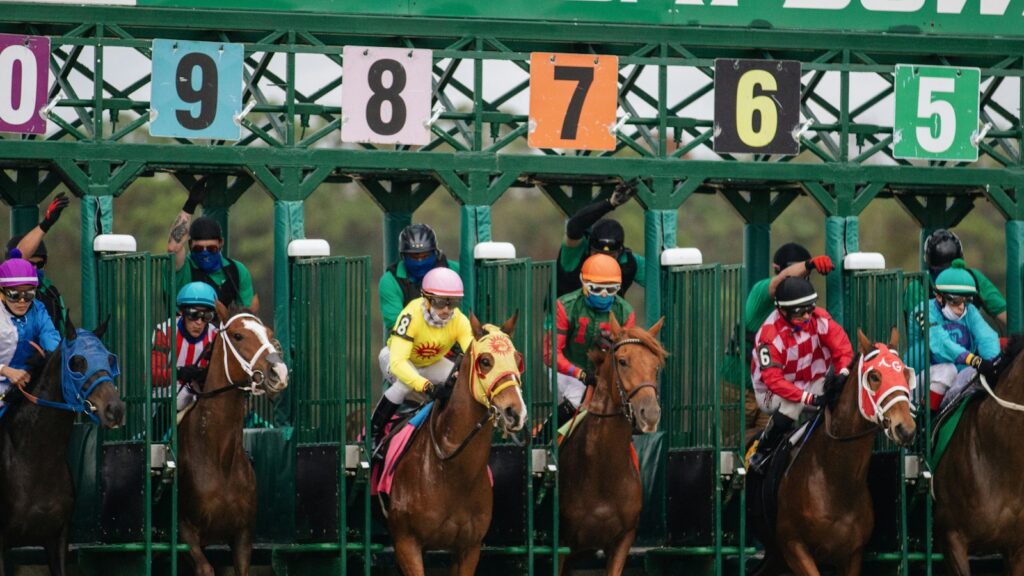
In regions of Yunnan, Guizhou, and Sichuan provinces, the Horse King Festival stands as one of China’s most distinctive equine ceremonies, honoring both horses and the deities believed to protect them. Typically held in the second or third lunar month, this festival begins with the ceremonial bathing and decoration of horses, adorning them with colorful cloths, bells, and symbolic ornaments. Village elders then lead processions to local Horse King temples, where offerings of grain, liquor, and incense are presented to secure the deity’s protection for both horses and their human communities. Competitive demonstrations of horsemanship follow, including races, archery contests performed on horseback, and displays of dressage-like synchronized riding. The festival concludes with communal feasting where specific dishes believed to impart horse-like strength and vitality are shared among participants, creating a ceremonial bond between the community, their horses, and the spiritual forces believed to govern both.
Military Horse Ceremonies and Imperial Inspections

Throughout Chinese history, ceremonial reviews of cavalry and war horses represented critical displays of imperial power and military readiness. The Tang Dynasty (618-907 CE), renowned for its military might and horsemanship, developed elaborate horse inspection ceremonies where the emperor personally reviewed cavalry mounts, with the finest animals receiving special recognition and their breeders rewarded. During the Ming and Qing dynasties, annual military horse ceremonies included displays of mounted archery, formation riding, and ritual presentations of specially bred horses to the emperor. These ceremonies served multiple purposes—assessing military preparedness, reinforcing imperial authority, and maintaining the spiritual connection between the state, its warriors, and their mounts. The famous Mongolian military reviews under Kublai Khan during the Yuan Dynasty incorporated shamanistic horse blessing rituals alongside displays of martial prowess, demonstrating how spiritual and practical aspects of horse ceremonies often intertwined.
Horse Sacrifice in Ancient Chinese Rituals
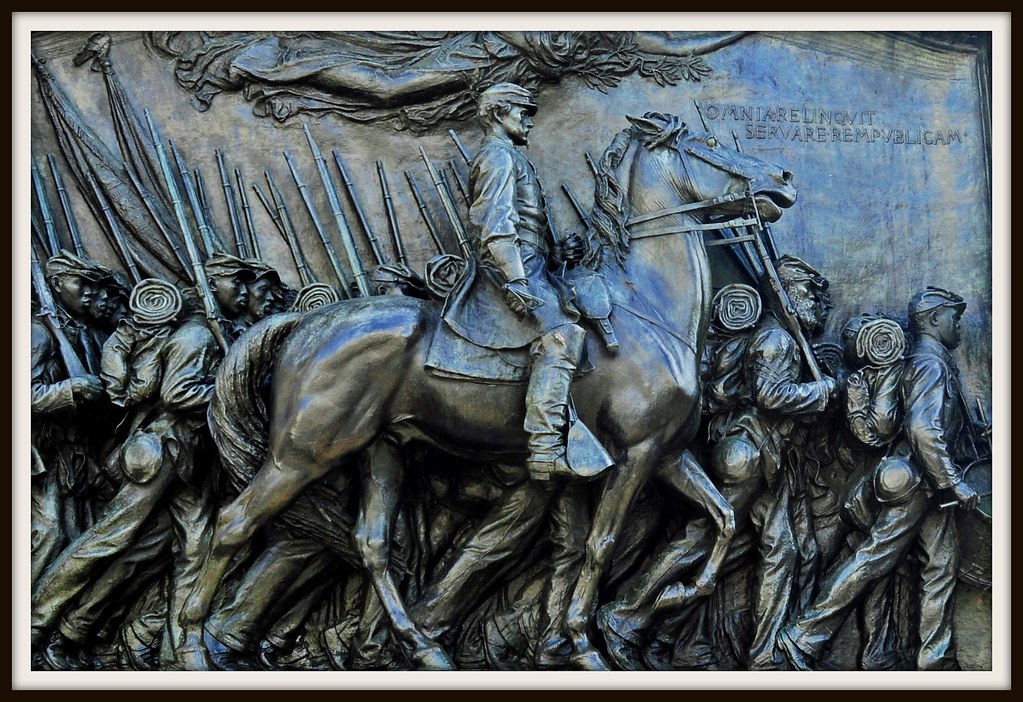
Among the most solemn horse ceremonies in ancient China were rare horse sacrifices performed during times of national significance or crisis. Historical records from the Zhou Dynasty (1046-256 BCE) document the ceremonial sacrifice of white horses during covenant ceremonies between states or when swearing important oaths. The ritual of “burying horses and breaking chariots” accompanied the funerals of high nobility, symbolizing the deceased’s journey to the afterlife. Archaeological evidence from Shang and Zhou dynasty tombs reveals horses buried in specific orientations, sometimes with elaborate harnesses and chariots, indicating the ceremonial care with which these sacrifices were conducted. These practices gradually transitioned to symbolic representations rather than actual sacrifice, with clay figurines and later paper effigies replacing living animals, reflecting both Buddhist influence with its emphasis on non-violence and practical economic considerations in Chinese ceremonial life.
Ceremonial Horse Breeding and Selection
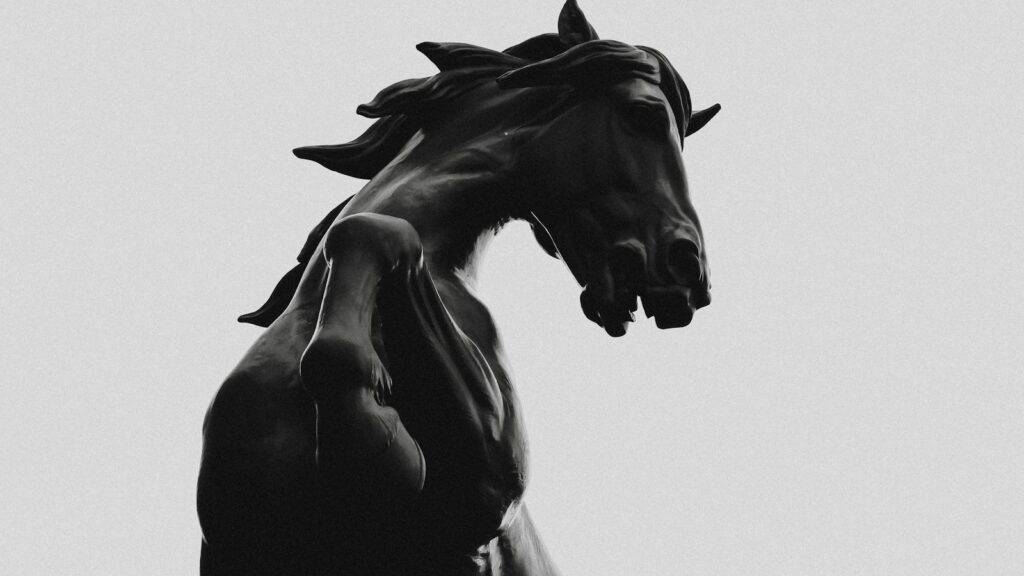
The identification and breeding of horses specifically for ceremonial purposes developed into a sophisticated system in imperial China. During the Tang Dynasty, imperial stud farms maintained detailed records of bloodlines believed to produce animals with the specific colors, markings, and temperaments required for various ceremonies. White horses for religious ceremonies underwent rigorous selection, with animals checked for any blemishes that might render them ceremonially impure. The Qing Dynasty established elaborate protocols for identifying horses with auspicious markings—such as particular forehead patterns thought to represent celestial symbols—that made them suitable for imperial ceremonies. Special officials oversaw the care of these ceremonial horses, following prescribed rituals for their feeding, grooming, and training that included specific herbs believed to enhance the animals’ spiritual qualities and ceremonial effectiveness.
Modern Revivals of Traditional Horse Ceremonies
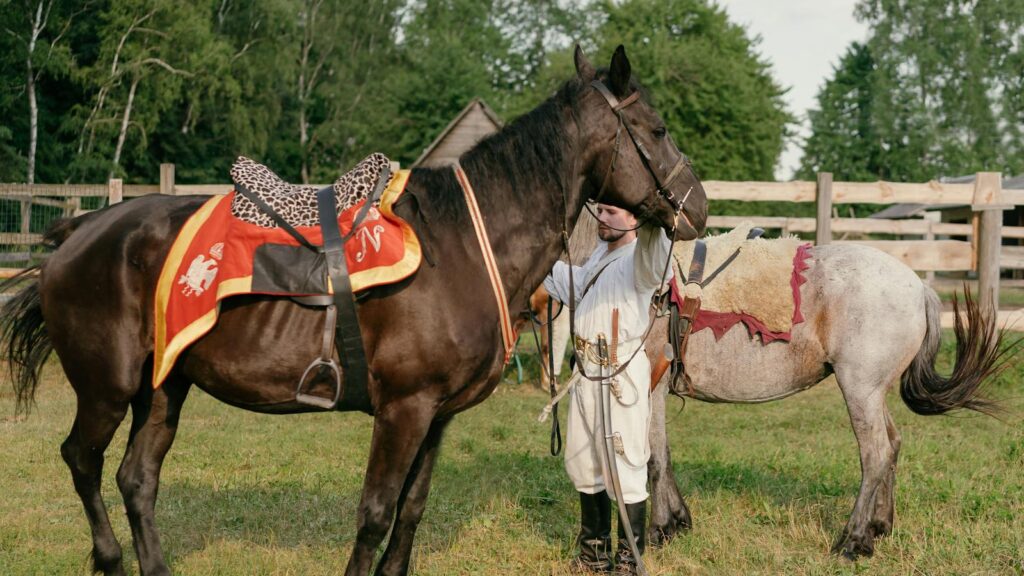
Contemporary China has witnessed a significant revival of traditional horse ceremonies, reflecting both cultural pride and growing interest in intangible cultural heritage. The city of Xi’an, ancient capital of multiple dynasties, now stages elaborate reenactments of Tang Dynasty horse ceremonies at its cultural parks, complete with period-accurate tack and costumes. In Inner Mongolia and Xinjiang, traditional horse festivals have been recognized as important cultural heritage events, receiving government support for their preservation and promotion to domestic and international tourists. Annual ceremonies at the renovated White Horse Temple include processions that closely follow historical accounts of Buddhist horse rituals. Even in urban centers far from China’s horse-breeding regions, ceremonial performances featuring horses appear during major festivals and state occasions, demonstrating how these traditional equine ceremonies continue to evolve while maintaining their essential cultural significance in modern Chinese society.
The Global Influence of Chinese Horse Ceremonies
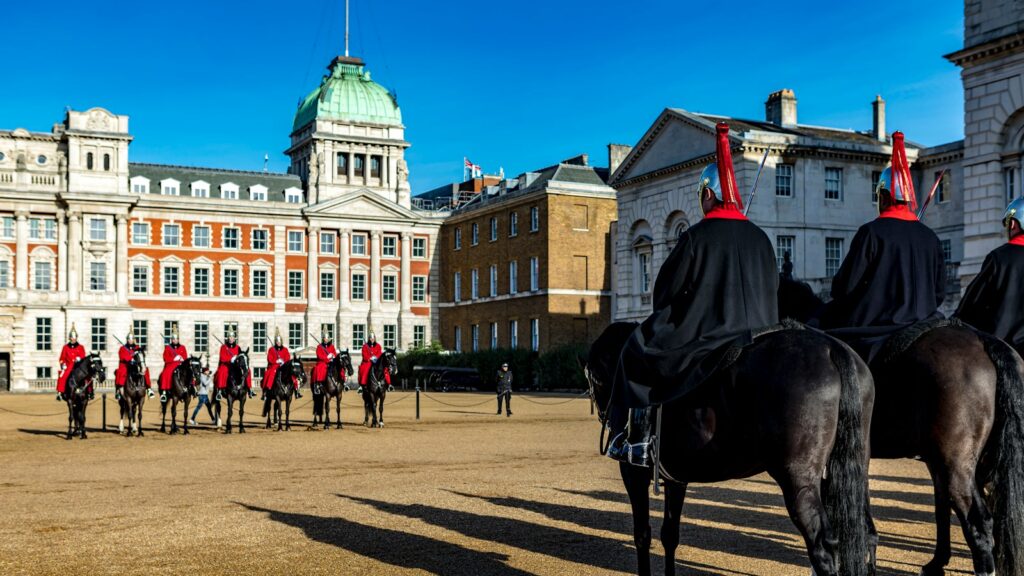
Chinese horse ceremonies have transcended national boundaries to influence cultural practices throughout East Asia and beyond. Korea’s traditional Hyangak performances preserve elements of Tang Dynasty horse ceremonies, demonstrating the historical spread of these practices through cultural exchange. Japanese horse archery (Yabusame) shows clear influences from Chinese military horse ceremonies, adapted to Shinto religious contexts but maintaining core elements of the ceremonial relationship between horses, warriors, and spiritual forces. In the contemporary era, Chinese ceremonial horse traditions have featured prominently in cultural exchanges and Olympic opening ceremonies, most notably during the 2008 Beijing Olympics where elaborate horse-themed performances showcased these traditions to global audiences. Diaspora Chinese communities around the world preserve elements of traditional horse ceremonies in their cultural celebrations, particularly during Lunar New Year festivities, demonstrating how these ancient practices continue to serve as powerful symbols of Chinese cultural identity both within China and throughout the global Chinese community.
Conclusion
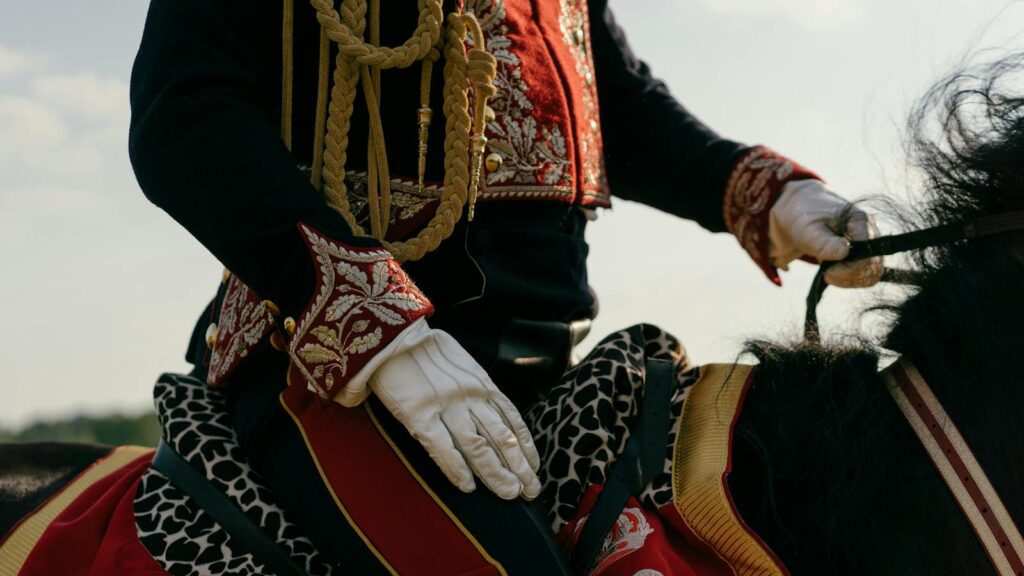
The ceremonial relationship between horses and Chinese culture represents one of humanity’s most enduring and multifaceted connections with the animal world. From imperial processions to folk festivals, from Buddhist temples to ancestral tombs, horses have galloped through the ceremonial landscape of China for millennia, carrying not just physical burdens but profound cultural meanings. Though modern transportation and agricultural mechanization have reduced the practical importance of horses in daily Chinese life, their ceremonial significance remains vibrantly alive—preserved in traditional festivals, reimagined in cultural performances, and embedded in the symbolic language of Chinese art and spirituality. As China continues to navigate between honoring its cultural heritage and embracing modernization, traditional horse ceremonies serve as living bridges to a past where humans and horses moved together through history, their shared journey marked by rituals that continue to inspire wonder and reverence today.

